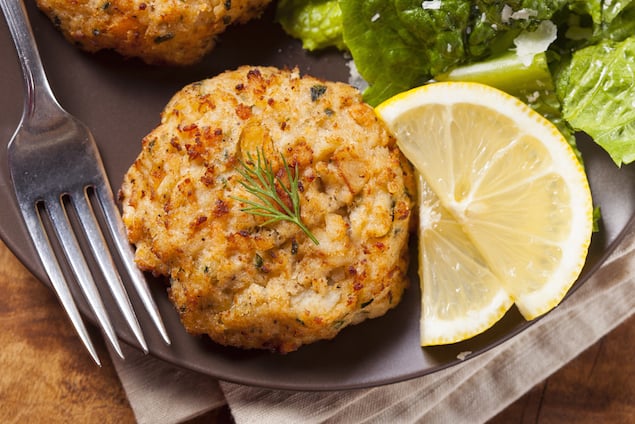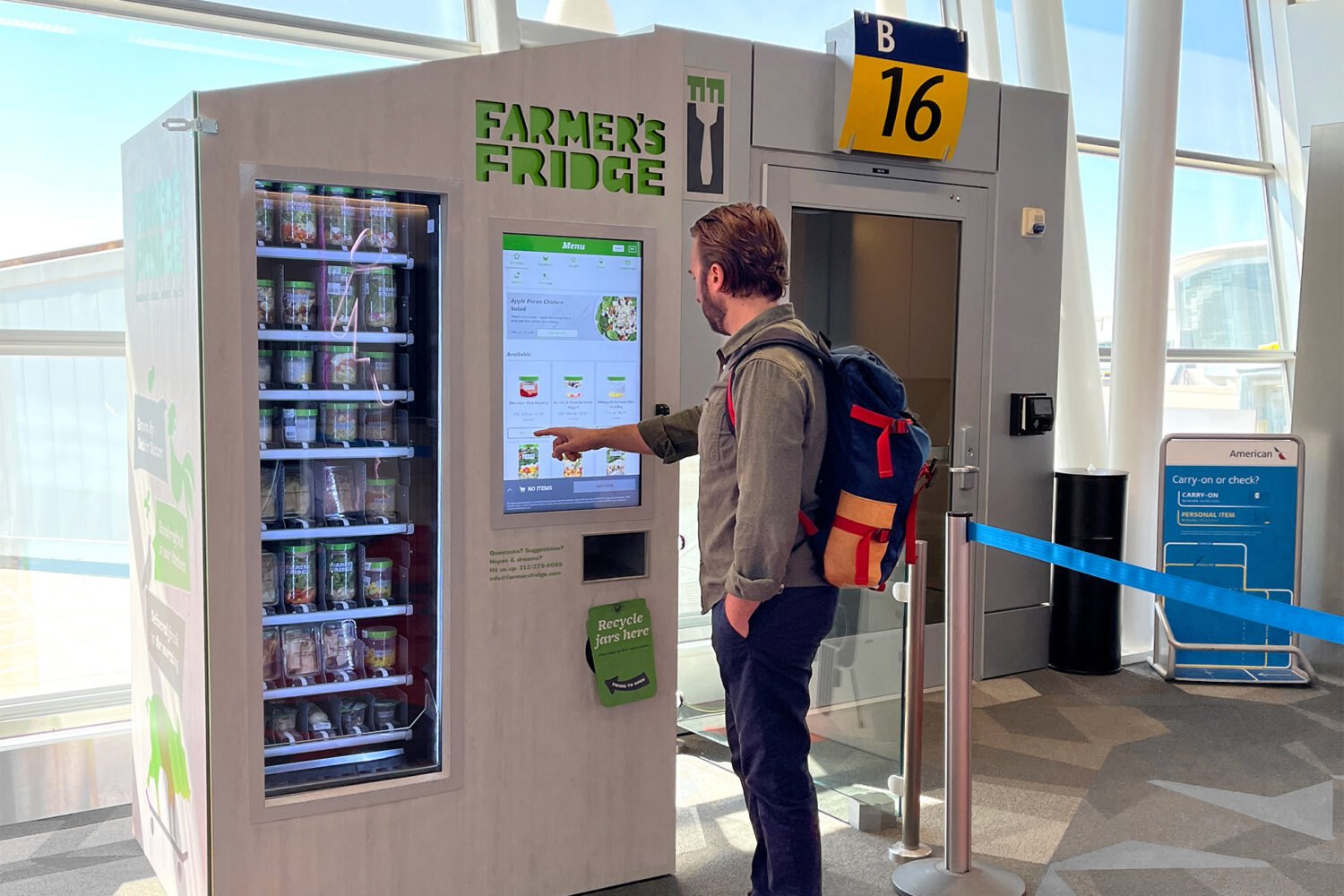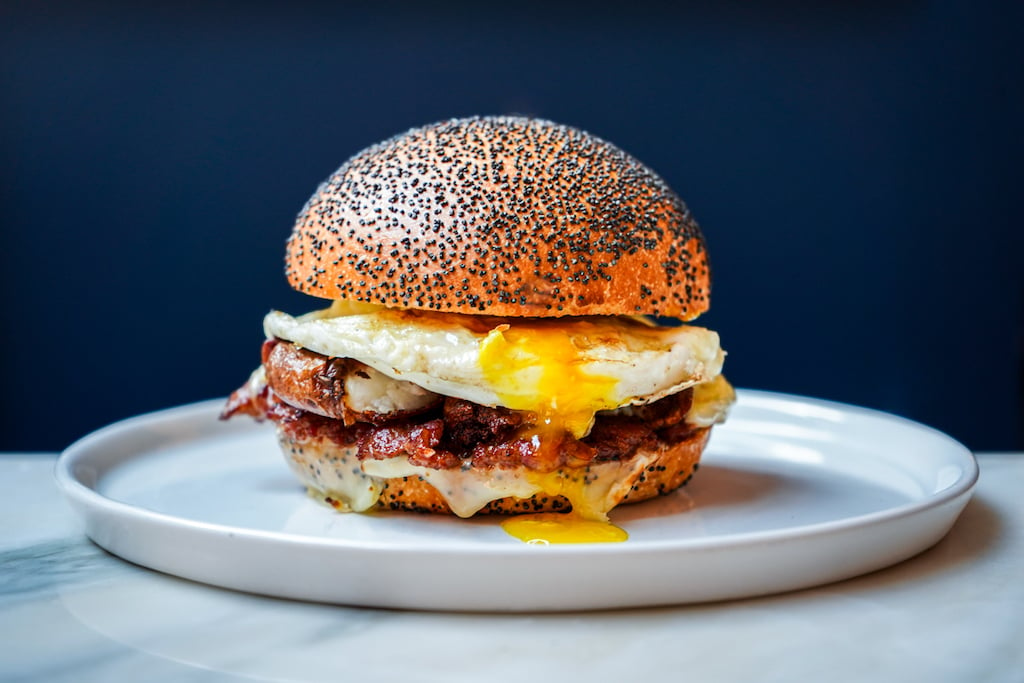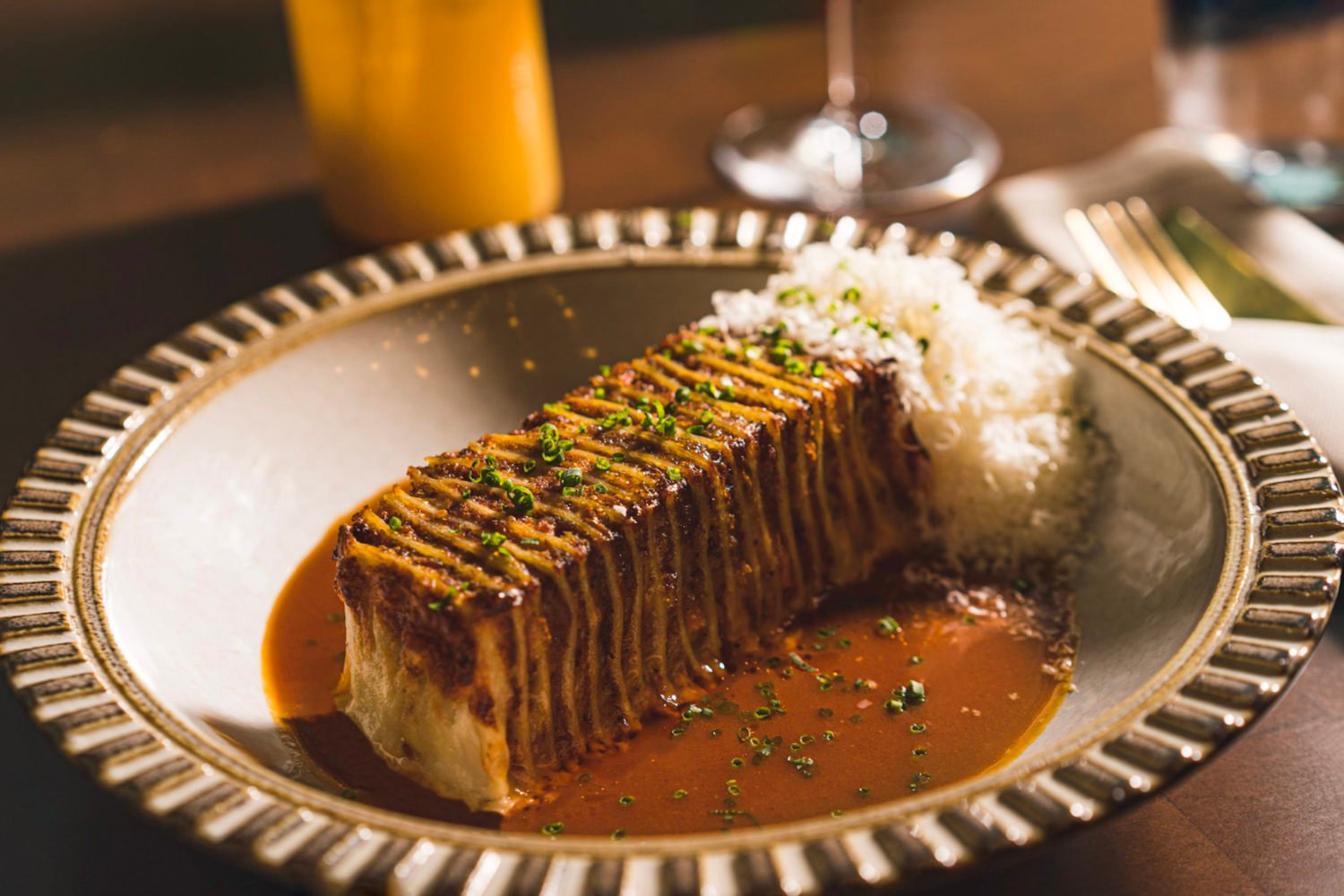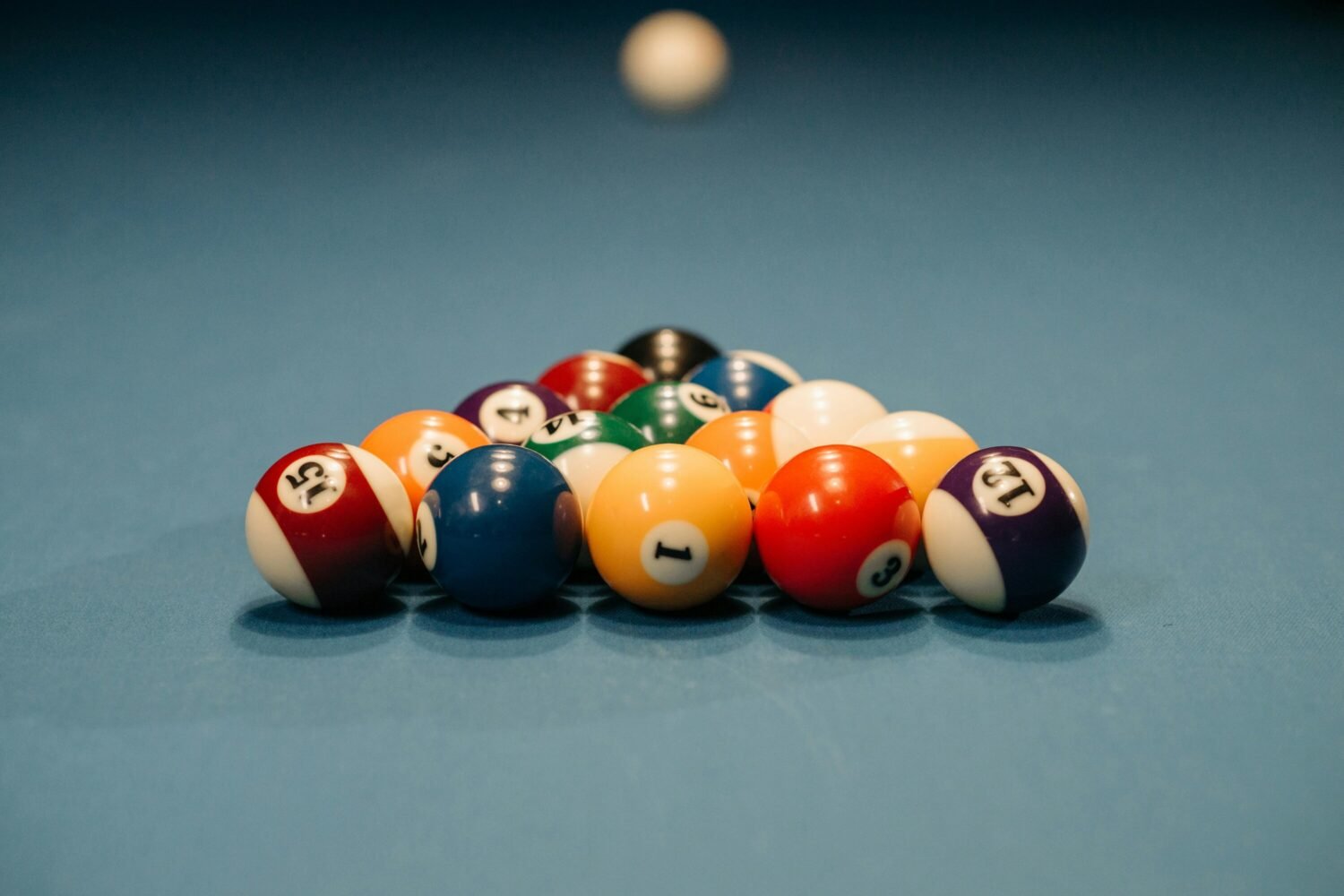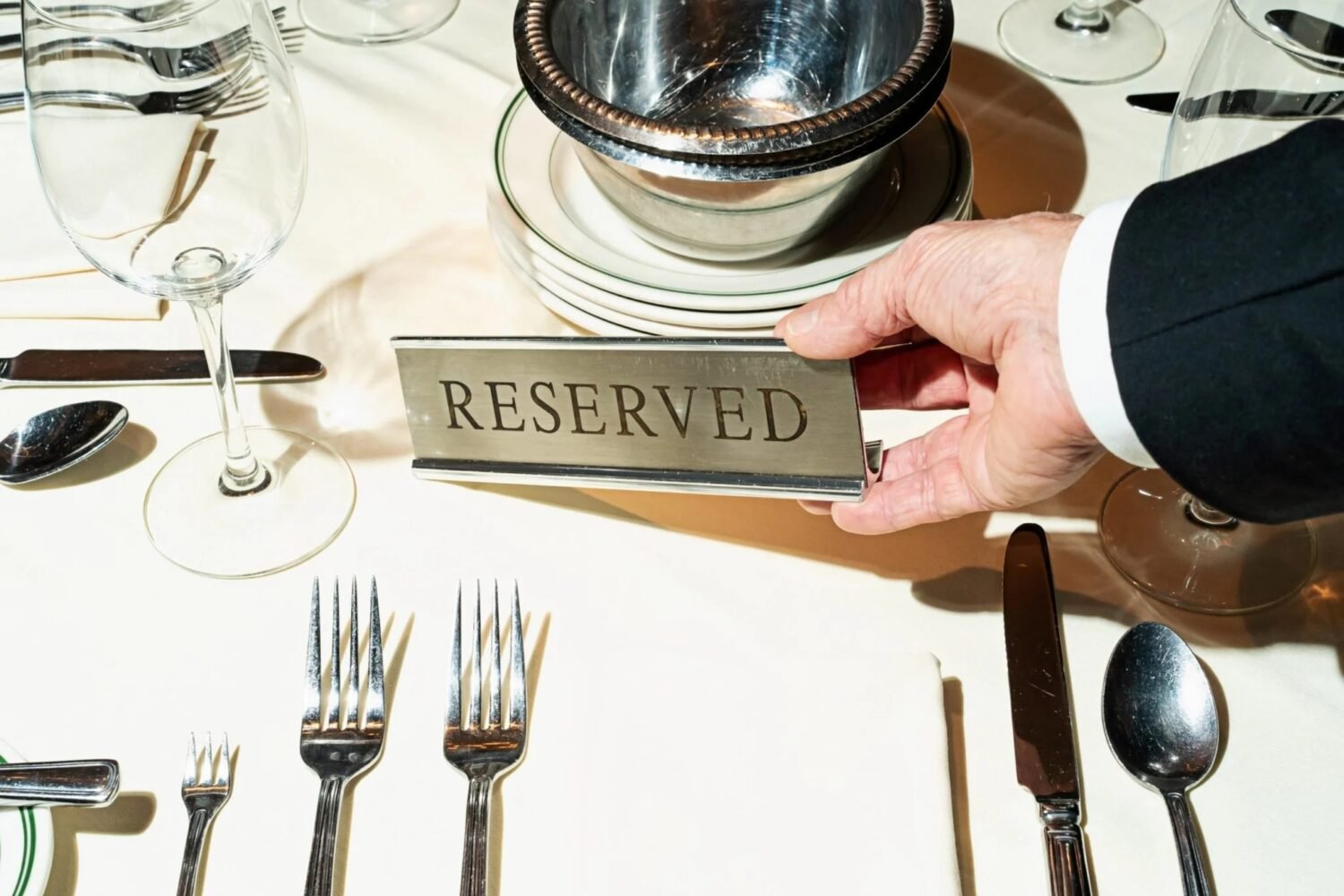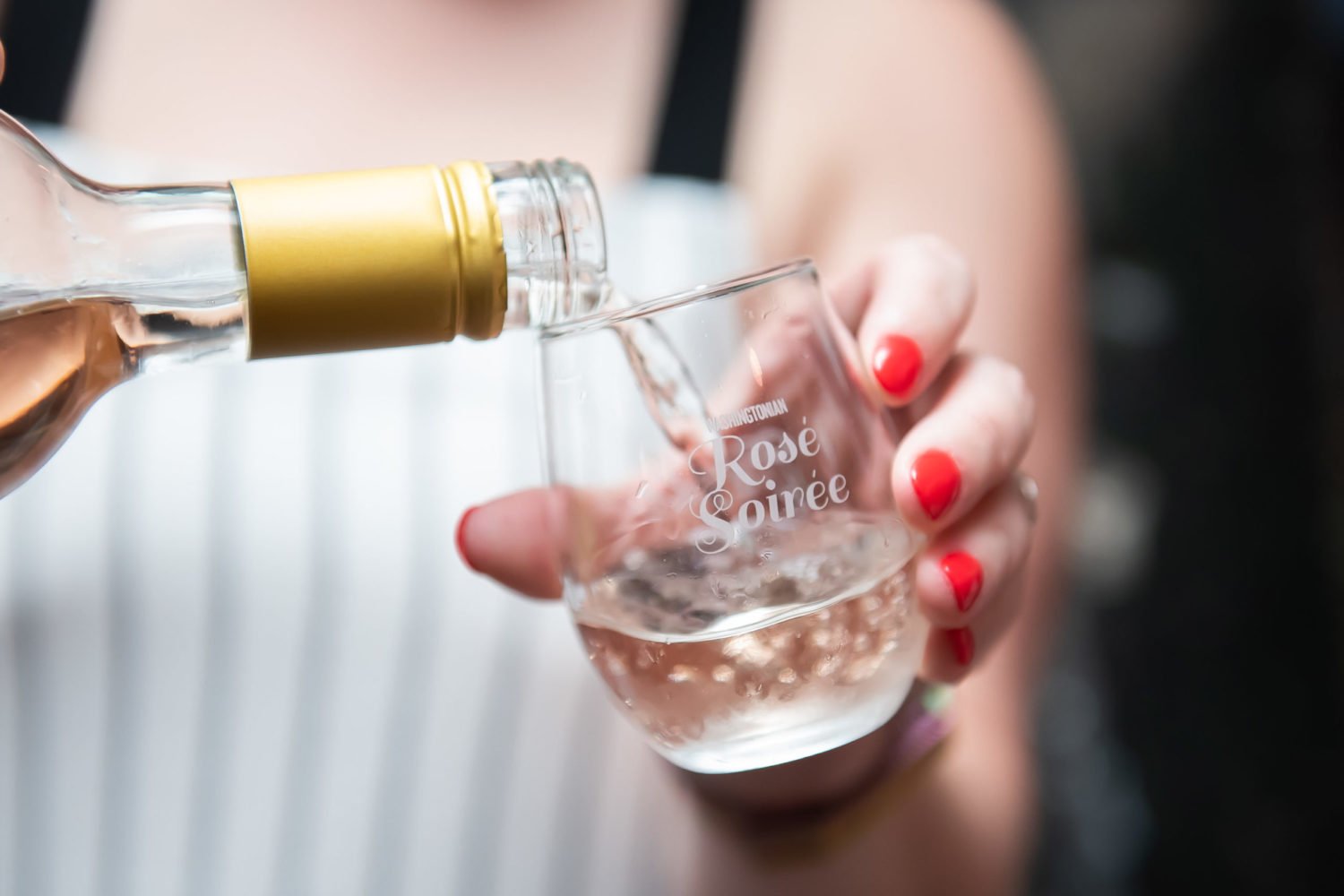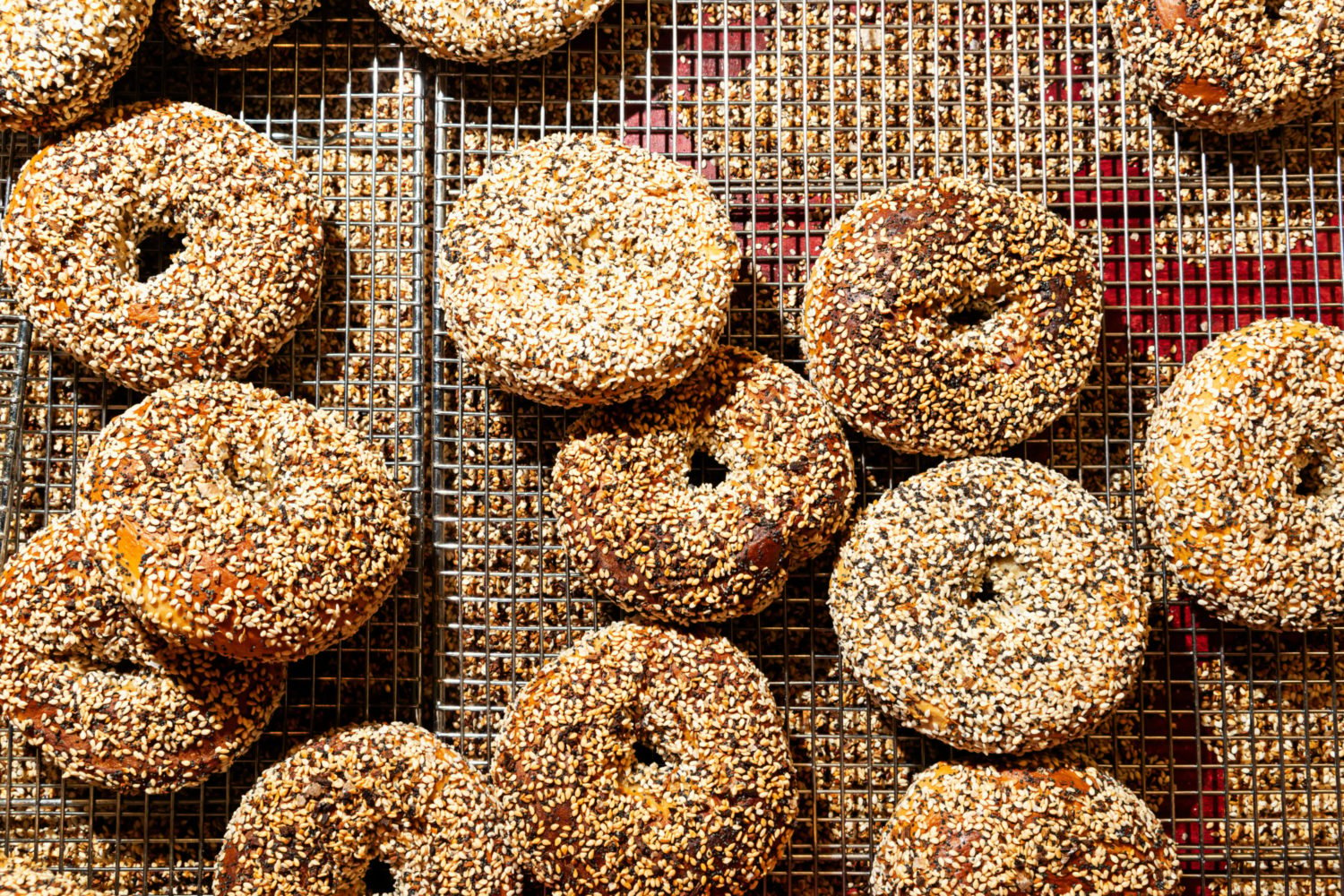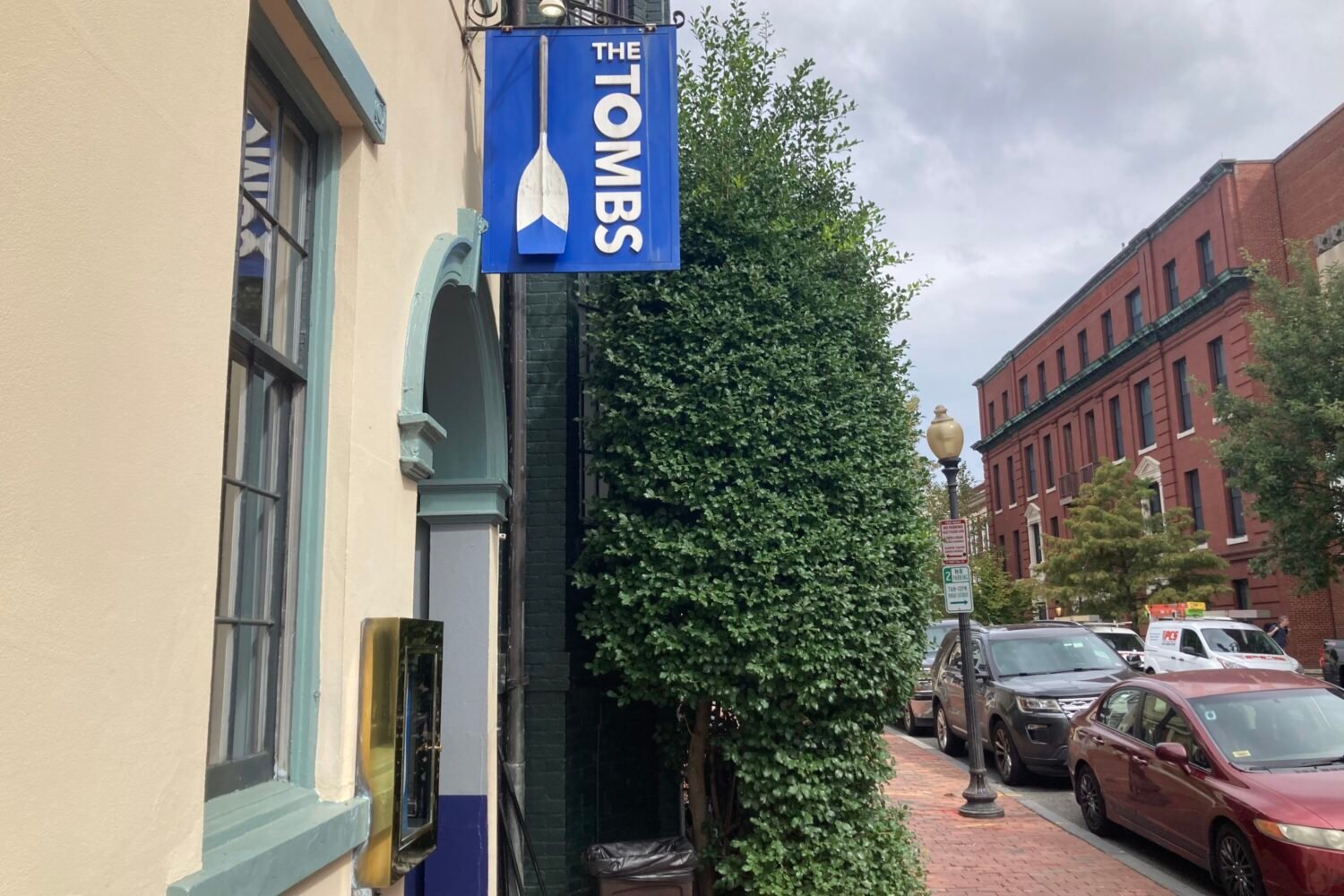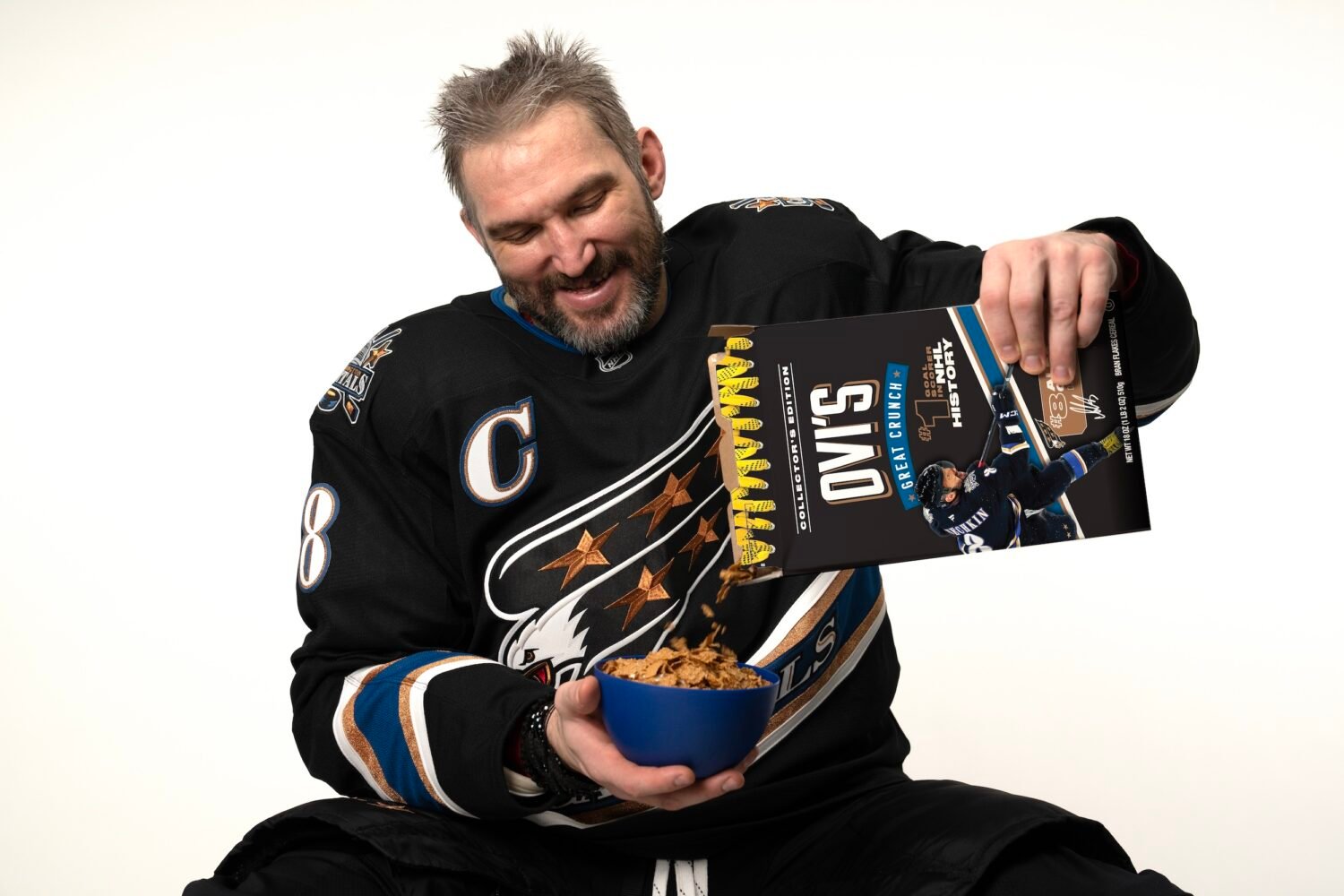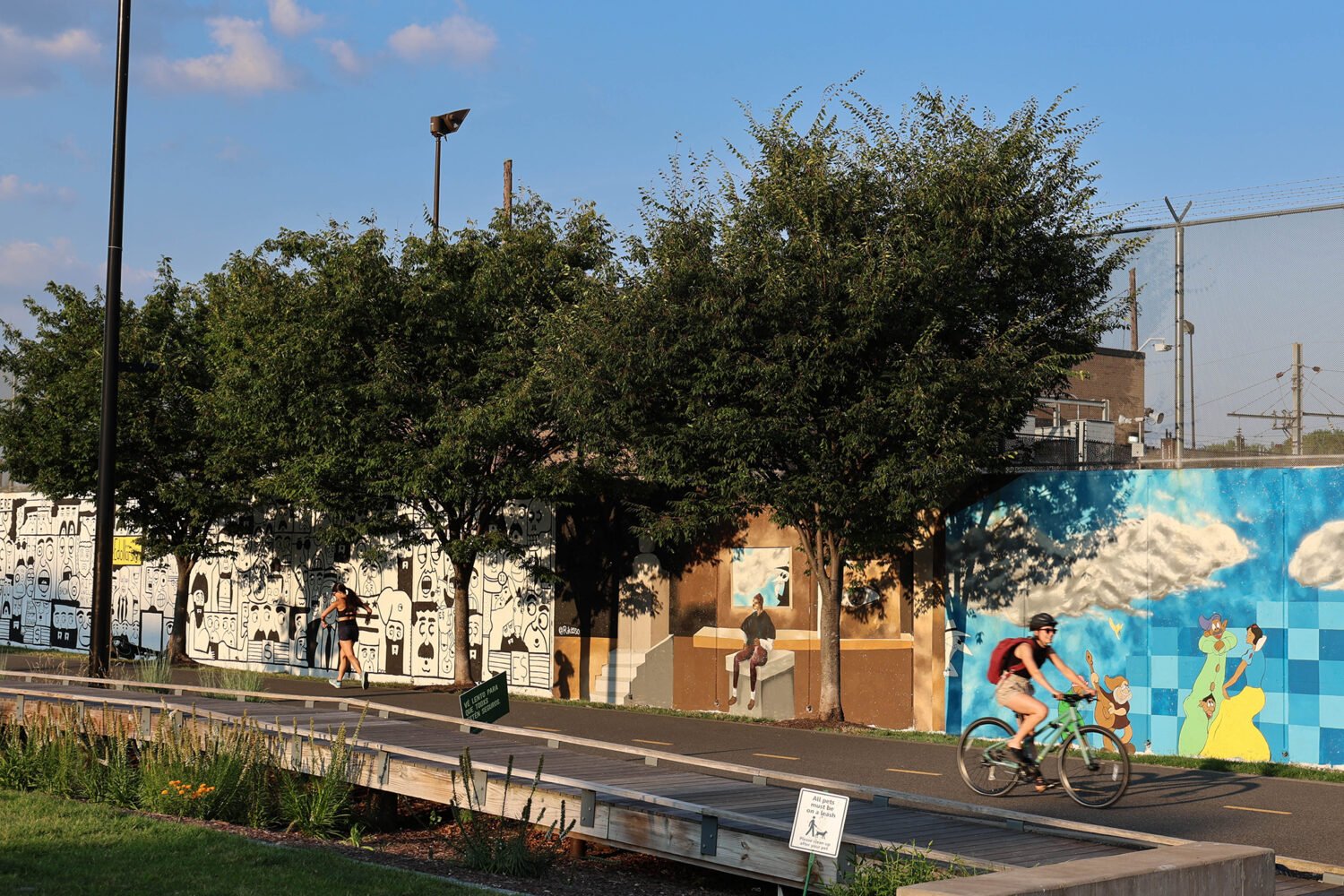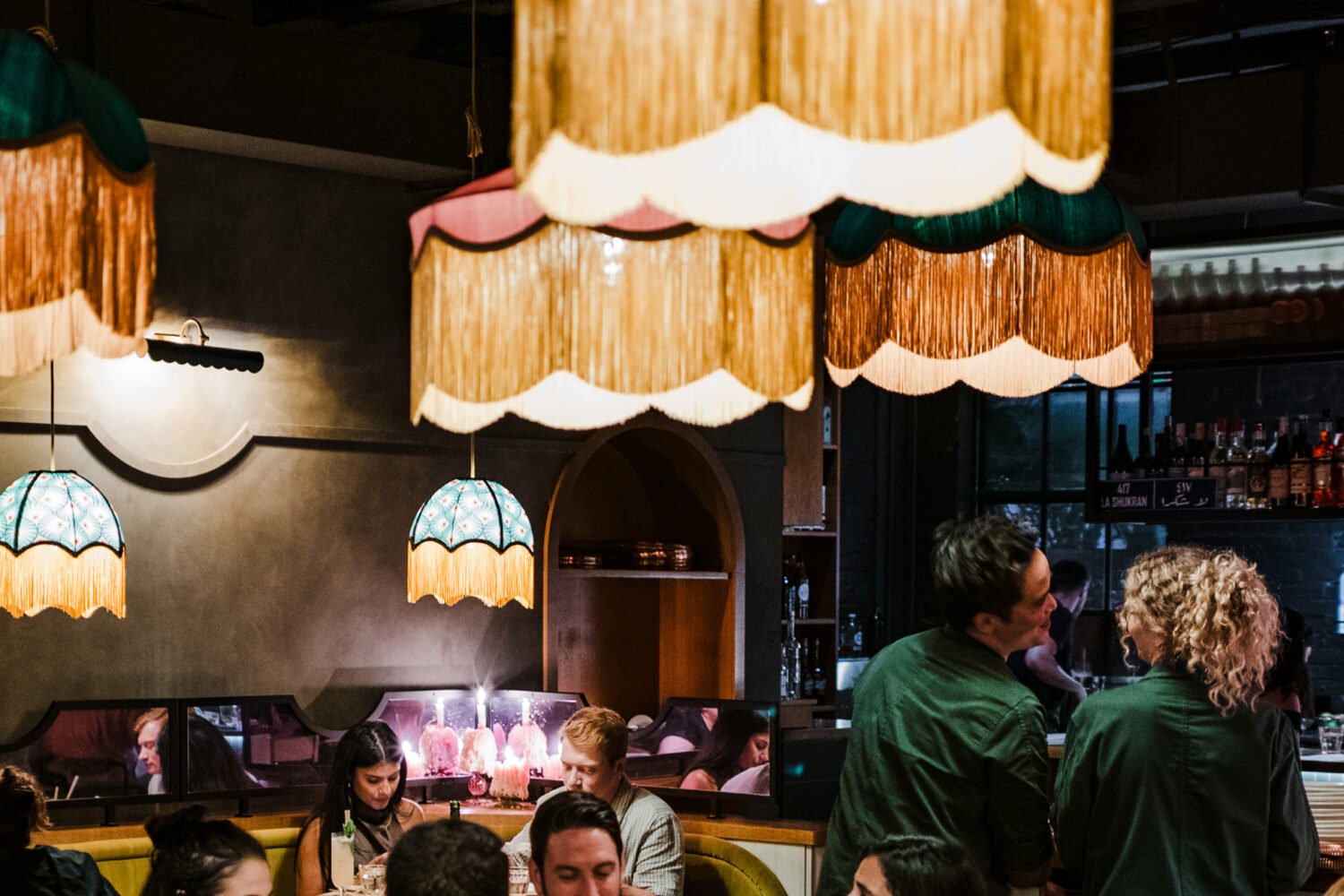Order crab cakes in a DC or Maryland restaurant, and there’s a good chance you’ll eat foreign crab. Oceana, a non-profit environmental advocacy group, spent the 2014 local crab season conducting DNA tests on 90 crab cakes from 86 restaurants in the District, Baltimore, Annapolis, Ocean City, and the Eastern Shore. The result, released in a study on Wednesday: nearly half (48 percent) of the samples contained swimming crab species from Asia and the Mexican Pacific coast instead of the advertised local blue crab.
Chesapeake-area restaurants and crab processing facilities have long relied on outside sources to satisfy the year-round hunger for our iconic local crustacean. The fresh delicacy isn’t available in colder months, even when the Bay’s crab population is thriving. Whole live crabs and packaged meat is imported year-round from Florida, the Gulf, and the Carolinas. Often the out-of-state crustaceans are still sold as Maryland or Virginia crab—a level of seafood fraud that’s hard to detect in flavor or appearance—but at least the crab is domestic, and the fisheries strictly regulated. Perhaps the most important, it’s all of the same species: blue crab, Callinectes sapidus.
The key difference discovered in Oceana’s study concerns the influx of foreign crab meat, and that entirely different species—most commonly Portunus pelagicus, blue swimmer crab—are mislabeled and sold as local blues. The findings note that nearly half the species of crab discovered in the tested cakes are classified “avoid” in seafood guides like the Monterey Bay Aquarium Seafood Watch due to dubious harvesting practices, overfishing, and high levels of bycatch. Chesapeake crabs, by comparison, are a “best choice” because the crabbing industry is carefully regulated–especially when the crustacean population declines–and methods like trot-lines and crab pots are deemed more sustainable.
In the most immediate sense, the biggest impact of the literal bait-and-switch on consumers relates to price, and the quality of the product. Most chefs consider the meatier, more robustly flavored local blue to be superior in flavor and texture, and the cost is reflective.
“Domestic crab meat is not cheap,” says MJ Gimbar, the head fishmonger at BlackSalt, who solely buys American crab and charges accordingly (currently $38 for a two crab cake entree). “It can be a difference of $10 less per pound for foreign versus domestic. In order to cut costs and keep crab cakes on the menu, people are lying and it’s just wrong.”
Gimbar emphasizes that not all kitchens knowingly substitute cheaper swimmer crab. Oceana found various mislabeling and traceability issues on the packaging level, further complicating the issue. Even when US companies are openly processing foreign meat—which many do as a cheaper alternative to their premium domestic product—the species and country of origin are often listed in fine print. The American brand name and company’s home state, on the other hand, are often featured front and center. An unscrupulous buyer, or restaurant, can be mislead. Still this isn’t always the case.
“Restaurants work on really small margins, and when you talk about a difference of $10 per pound for dishes, we’re talking about major percentage points,” says Gimbar. “It’s hard to say if restaurants are doing it out of honest ignorance, or knowingly. I’ve heard of kitchens mixing in foreign crab. I’ve heard of places cooking down crab to get the flavor and throwing fish in, just because they’re afraid to put a $15 or $18 crab cake on the menu.”
The issue isn’t specific to a certain kind of eatery. Oceana’s report author Dr. Kimberly Warner says issues of mislabeling were found across the board, from catering trucks to crab shacks and higher-end restaurants. So what is a diner to do?
“I still think it’s best for the consumer to ask questions,” says Warner. “The industry has started to respond to sustainability concerns, mainly because consumers have spoken up. We need traceability, and tracking seafood as it moves through this murky supply chain.”

